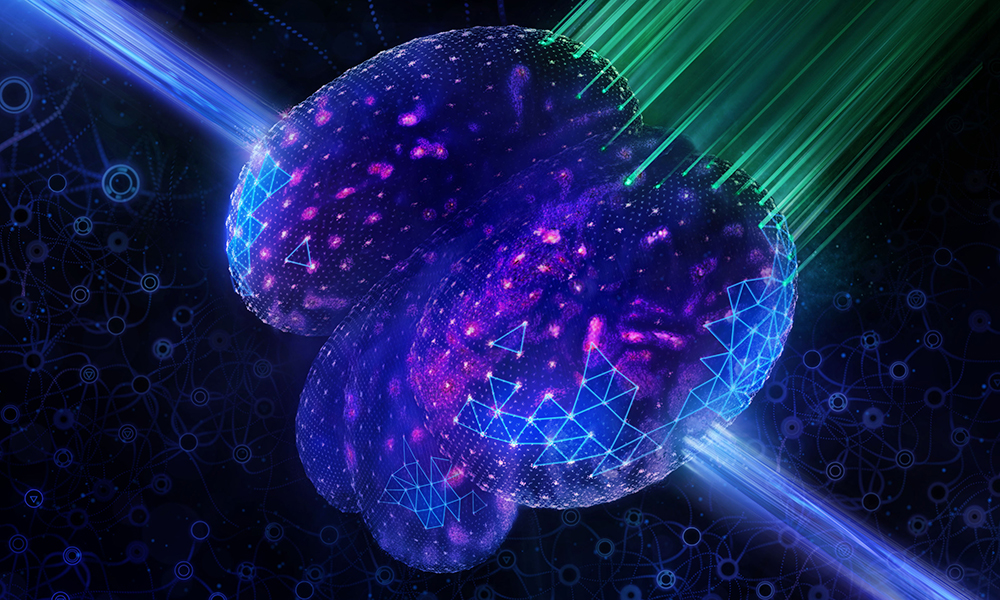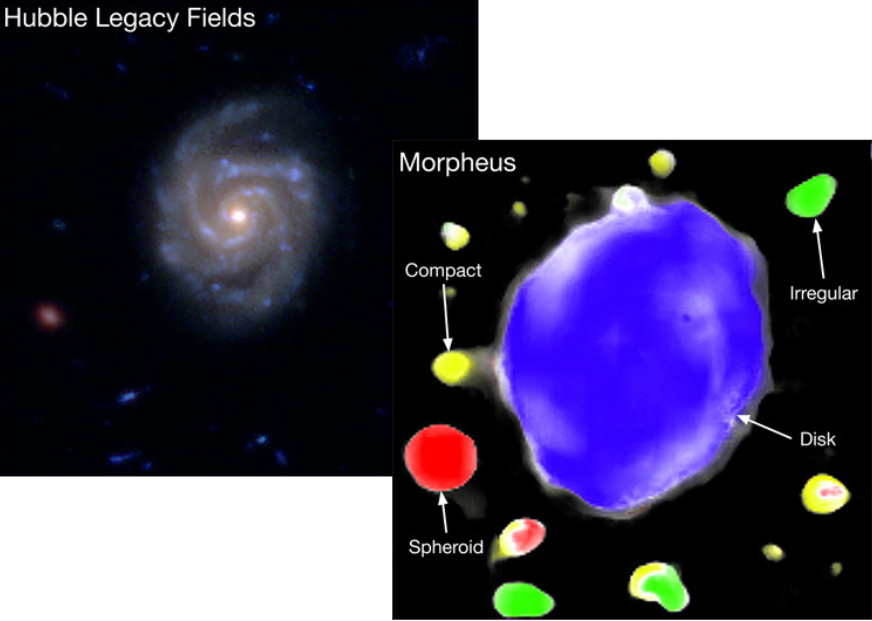
Scientists have developed an artificial intelligence (AI) system that can analyse eye scans taken during a routine visit to an optician or eye clinic and identify patients at a high risk of a heartattack.
Doctors have recognised that changes to the tiny blood vessels in the retina are indicators of broader vascular disease, including problems with the heart.
In the research, led by the University of Leeds, deep learning techniques were used to train the AI system to automatically read retinal scans and identify those people who, over the following year, were likely to have a heart attack.
Deep learning is a complex series of algorithms that enable computers to identify patterns in data and to make predictions.
Writing in the journal Nature Machine Intelligence, the researc...
Read More








Recent Comments